News
News / 06/03/2012 / 1388
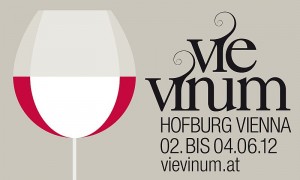 The imperial palace Hofburg used to be the seat of the powerful Habsburg Empire until 1918, whilst in 1946 it became the official quarters of the Austrian President. In the past, one part of the palace was occupied by a three-storeyed wine cellar. Following the fall of the Monarchy, the remaining wines from the collection were auctioned, so at present, the only available data about these wines can be found in the archives. However, every second year, wine is poured again inside the Imperial Palace,yet no longer to tzars and nobles, but to all wine lovers and admirers who came to VieVinum, the international wine exhibition, which has grown since 1998 into the most important wine event in Central and Eastern Europe. Upon arrival to the event, one cannot help being under an impression that the Austrians, proverbially known for their German mentality and accuracy, have done a great job. More than 500 exhibitors, approximately 2.500 wine labels, expected 15.000 visitors during three days of exhibition, yet everything functions perfectly well and on time. This year, the partner country of the exhibition is Croatia, represented by 11 wineries (to mention just a few of them: Kozlović, Roxanich, Krauthaker, Kutjevo, Meneghetti, Badel 1862). Serbian wineries appeared at VieVinum under the auspices of the Serbian Chamber of Commerce & Industry's representative office in Vienna. Vera Vidović, director of CCIS representative office in Vienna, pointed out that this was the second time that the Serbian Chamber of Commerce & Industry supported Serbian winemakers to appear at this wine event, and following positive feedback from our wineries after VieVinum 2010, they made a decision to continue this support in the coming years. At this kind of events, it is vitally important to maintain continuity of presence, because only then, more and more people will begin to perceive Serbia as a wine country and get acquainted with our wines, whilst wineries will find business contacts, importers and distributors. Serbian wineries were located in Antekammer chamber, which also hosted wineries from Russia, Hungary and Czech republic. The following Serbian wineries were present: Aleksić cellar, Radovanović cellar, Kiš winery, Aleksandrović winery and Budimir winery. We lingered for a while at the stand of Budimir winery, where our grape varieties Prokupac and Tamjanika from Župa were respectably presented. Triada Bela (blend of Tamjanika, Chardonnay and Sauvignon Blanc), Tamjanika Vera, Triada Crvena (blend of Prokupac and Merlot) and Sub Rosa (blend of Prokupac and Cabernet Sauvignon) attracted considerable attention. Aleksandrović winery proudly presented their wines recently awarded at Decanter wine contest, whilst lovers of dessert wines lingered mostly in the vicinity of Kiš winery's stand with a glass of Kiš's bermet, which is poured again in the palace, as it used to be in the old days when Serbs from Sremski Karlovci brought it as a gift during official visits to Vienna. Seven Russian wineries from Krasnodarsk region presented their range of wines, but their representatives pointed out themselves that they make wine in order to present it to Russian consumers and that they are fully aware that it is difficult to sell Russian wine on the western market. Therefore, they are more focused onto the Russian market, but participation on international wine fairs and exhibitions helps them to place their wines better on the Russian market. Despite the fact that we tasted Sauvignon Blanc at the stand of winery Chateau Le Grand Vostok from Krasnodar which could hardly compete with other Sauvignons which we had opportunity to taste on other stands, our impression about Russian wines slightly improved after interesting sparkling wines from Abrau Durso winery and red wines produced from Pinot Noir and Saperavi from Fanagoria winery, which owns 2,500 hectares of vineyards on Taman peninsula. We were also curious to explore what our neighbours Romanians have to offer, so we stopped by the stand dominated by a bat-shaped logo. We are convinced that Batman was not a vinegrower, so we concluded that this must be a winery from Transylvania. Liliac Winery (liliac stands for "a bat" in Romanian language) is a young winery which enchanted us with their white wines, both from their indigenous varieties Feteasca Alba and Feteasca Regala and from Sauvignon Blanc. Romanian wineries are quite keen on making wine from their indigenous varieties, so we also had an opportunity to taste wine from local grape varieties Novac, Tamaioasa Romaneasca, Cramposie, Feteasca Neagra at the stand of Stirbey winery from Dragasani in southern Romania.
The imperial palace Hofburg used to be the seat of the powerful Habsburg Empire until 1918, whilst in 1946 it became the official quarters of the Austrian President. In the past, one part of the palace was occupied by a three-storeyed wine cellar. Following the fall of the Monarchy, the remaining wines from the collection were auctioned, so at present, the only available data about these wines can be found in the archives. However, every second year, wine is poured again inside the Imperial Palace,yet no longer to tzars and nobles, but to all wine lovers and admirers who came to VieVinum, the international wine exhibition, which has grown since 1998 into the most important wine event in Central and Eastern Europe. Upon arrival to the event, one cannot help being under an impression that the Austrians, proverbially known for their German mentality and accuracy, have done a great job. More than 500 exhibitors, approximately 2.500 wine labels, expected 15.000 visitors during three days of exhibition, yet everything functions perfectly well and on time. This year, the partner country of the exhibition is Croatia, represented by 11 wineries (to mention just a few of them: Kozlović, Roxanich, Krauthaker, Kutjevo, Meneghetti, Badel 1862). Serbian wineries appeared at VieVinum under the auspices of the Serbian Chamber of Commerce & Industry's representative office in Vienna. Vera Vidović, director of CCIS representative office in Vienna, pointed out that this was the second time that the Serbian Chamber of Commerce & Industry supported Serbian winemakers to appear at this wine event, and following positive feedback from our wineries after VieVinum 2010, they made a decision to continue this support in the coming years. At this kind of events, it is vitally important to maintain continuity of presence, because only then, more and more people will begin to perceive Serbia as a wine country and get acquainted with our wines, whilst wineries will find business contacts, importers and distributors. Serbian wineries were located in Antekammer chamber, which also hosted wineries from Russia, Hungary and Czech republic. The following Serbian wineries were present: Aleksić cellar, Radovanović cellar, Kiš winery, Aleksandrović winery and Budimir winery. We lingered for a while at the stand of Budimir winery, where our grape varieties Prokupac and Tamjanika from Župa were respectably presented. Triada Bela (blend of Tamjanika, Chardonnay and Sauvignon Blanc), Tamjanika Vera, Triada Crvena (blend of Prokupac and Merlot) and Sub Rosa (blend of Prokupac and Cabernet Sauvignon) attracted considerable attention. Aleksandrović winery proudly presented their wines recently awarded at Decanter wine contest, whilst lovers of dessert wines lingered mostly in the vicinity of Kiš winery's stand with a glass of Kiš's bermet, which is poured again in the palace, as it used to be in the old days when Serbs from Sremski Karlovci brought it as a gift during official visits to Vienna. Seven Russian wineries from Krasnodarsk region presented their range of wines, but their representatives pointed out themselves that they make wine in order to present it to Russian consumers and that they are fully aware that it is difficult to sell Russian wine on the western market. Therefore, they are more focused onto the Russian market, but participation on international wine fairs and exhibitions helps them to place their wines better on the Russian market. Despite the fact that we tasted Sauvignon Blanc at the stand of winery Chateau Le Grand Vostok from Krasnodar which could hardly compete with other Sauvignons which we had opportunity to taste on other stands, our impression about Russian wines slightly improved after interesting sparkling wines from Abrau Durso winery and red wines produced from Pinot Noir and Saperavi from Fanagoria winery, which owns 2,500 hectares of vineyards on Taman peninsula. We were also curious to explore what our neighbours Romanians have to offer, so we stopped by the stand dominated by a bat-shaped logo. We are convinced that Batman was not a vinegrower, so we concluded that this must be a winery from Transylvania. Liliac Winery (liliac stands for "a bat" in Romanian language) is a young winery which enchanted us with their white wines, both from their indigenous varieties Feteasca Alba and Feteasca Regala and from Sauvignon Blanc. Romanian wineries are quite keen on making wine from their indigenous varieties, so we also had an opportunity to taste wine from local grape varieties Novac, Tamaioasa Romaneasca, Cramposie, Feteasca Neagra at the stand of Stirbey winery from Dragasani in southern Romania. 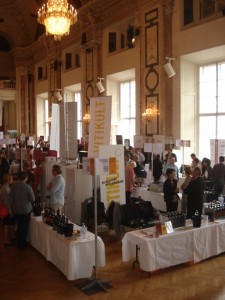
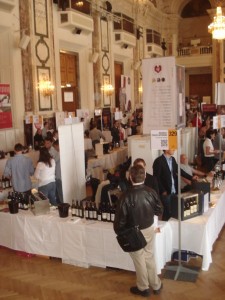

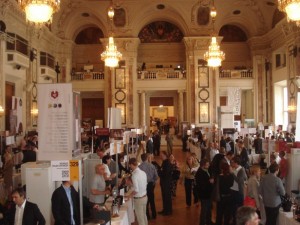
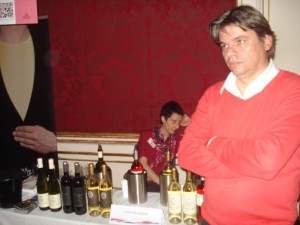
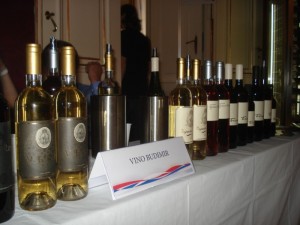
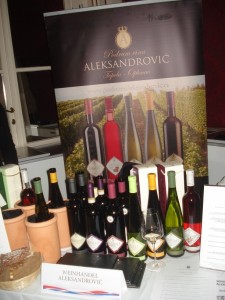
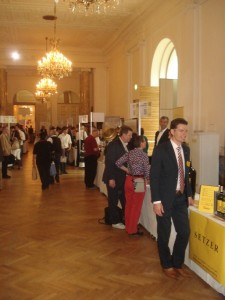
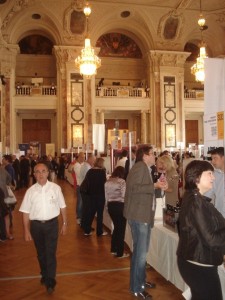
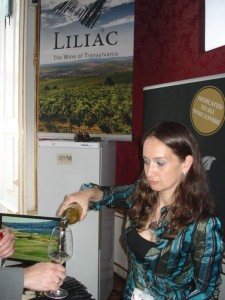
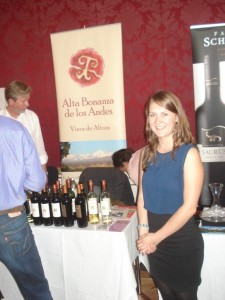
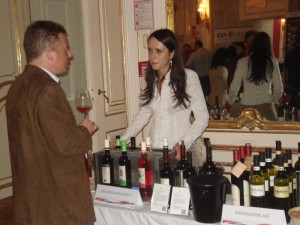
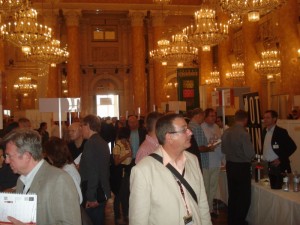
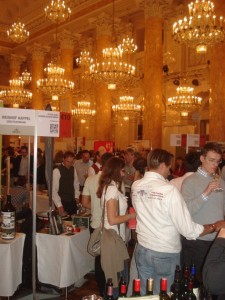
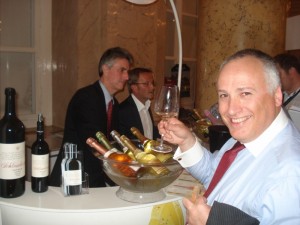
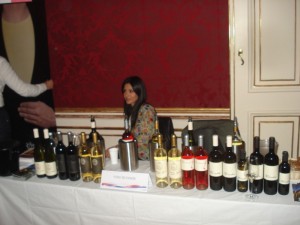
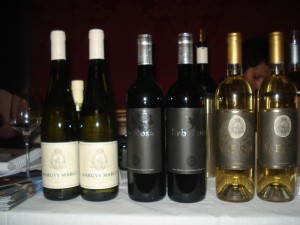
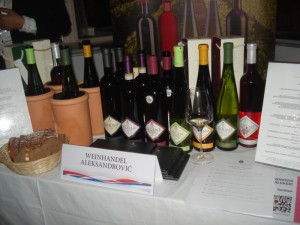
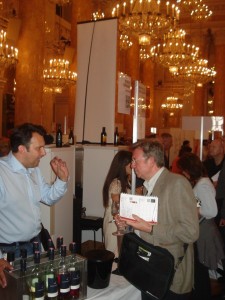
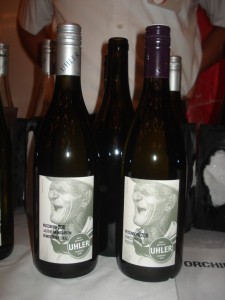

Tomislav Ivanović
Awarded wine writer, wine critic and contributor to selected wine magazines. WSET3-certified author and editor-in-chief of www.vinopedia.rs. Member of Vojvodina Sommelier Association. Juror in national and international wine competitions. Lecturing about wines of Serbia and the Balkans. Local partner of Wine Mosaic organization. Co-founder of International Prokupac Day.

Pročitajte i druge članke iz ove rubrike:
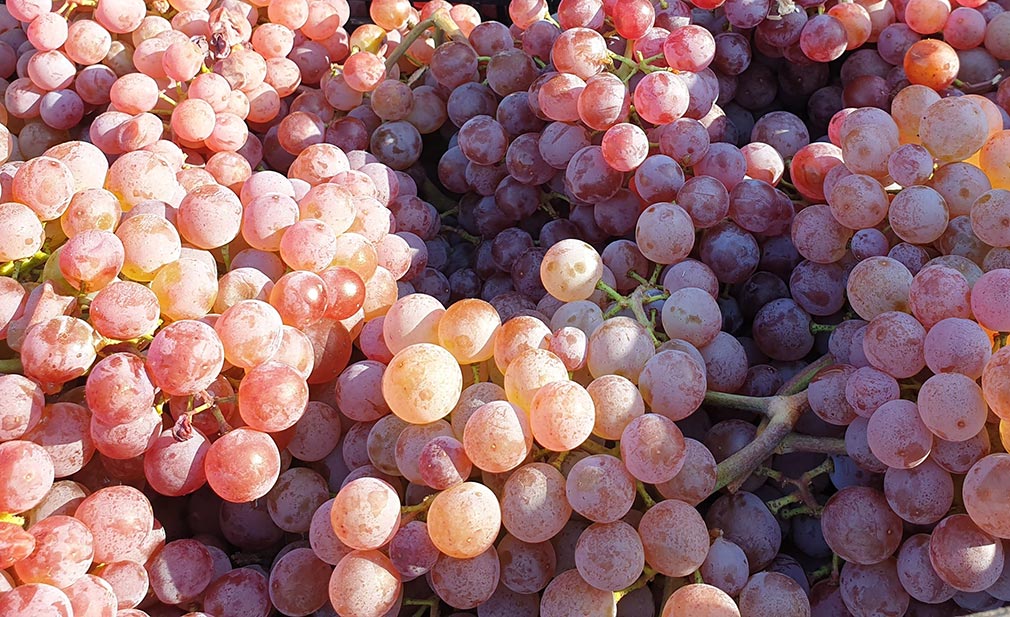

VINOPEDIA TOP 10 2024
PROČITAJ VIŠE


GIUAANI - VINSKI TURIZAM NA GRUZIJSKI NAČIN
PROČITAJ VIŠE


SPASIMO STARE VINOGRADE SRBIJE
PROČITAJ VIŠE


NAŠLI SMO ANTIGONU IZ ORAHOVCA
PROČITAJ VIŠE


SRPSKO VINO KOŠTA 100 EUR - I ŠTA ĆEMO SAD?
PROČITAJ VIŠE
Winner MILLESIMA BLOG AWARD 2016

Pobednik MILLESIMA BLOG AWARD 2016
VINO & FINO wine personality of the year 2016

VINO & FINO vinska ličnost godine 2016